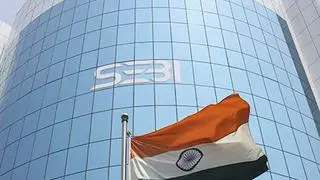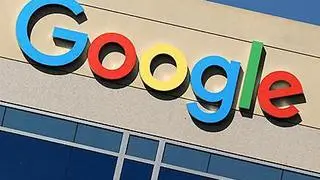The increasing debt and competition in the Indian telecom sector has claimed another victim – Tata group’s telecom business under Tata Teleservices (TTSL) and TTML, the listed arm offering services in Mumbai and Maharashtra.
The price war for data subscribers seems to have been the last straw on TTSL’s back. But the load had been becoming unbearable for some years now as the telecom business was never profitable for the salt-to-software giant. The losses of TTSL stood at ₹3,000 crore last fiscal while the number for TTML was ₹2,536 crore, making the telecom business unviable.
The company’s journey from Batata (Birla-AT&T and Tata) in the late nineties to Tata and now part of Bharti Airtel, has been one that could have been planned better.
Tatas chose CDMA as the technology to offer telecom services when GSM was being batted for globally. In terms of user experience, CDMA was more robust.
CDMA vs GSM“But the missed opportunity was marketing the benefits of CDMA over GSM during the early days of telecom in India. GSM was marketed better and global momentum was in GSM’s favour,” says Jayanth Kolla, founder and partner at technology research firm Convergence Catalyst. CDMA companies, including Tata Tele, fell short of marketing the technology and went for bottom-of-pyramid subscribers.
“They (Tatas) chose a costlier and better optimised technology and made it a poor man’s technology in India. So they had to pay out bigger subsidies, leading to poor financials. That was a strategic mistake in the market,” he adds.
Besides, CDMA had some inherent disadvantages, the biggest being that a user could not roam on any other network. Even Reliance and Tatas, which both offered CDMA technology, could not use each others’ networks for roaming. And international roaming was ruled out. “CDMA was always costlier due to royalty (paid to US-based Qualcomm, the licensor of the CDMA mobile phone standard) and lack of scale. That played spoilsport in the Indian market,” Kolla adds.
Alok Shende, principal analyst at Ascentius Consulting, says the company was hit every time the competitive intensity increased in the sector. “It was one of the initiators of price war in the Indian market, but they themselves got hit when new players came in 2008. They started losing money and every new customer acquisition became costlier. When RJio came, the wedge between the average and the better player just increased; it weakened them beyond repair,” he says.
Tie-up with NTT DoCoMoTatas’ tie-up with Japan’s NTT DoCoMo also could not change the fortunes of the business. The Japanese giant invested $2.2 billion in TTSL at ₹117 per share in 2009. “The money came in along with cutting edge technology which had seen adoption in Japan. But Tatas could not use the money or expertise to offer differentiated products and services,” says Kolla.
“They were not the fastest moving or decision-making company in the sector. The culture of long-drawn processes that work for older industry companies in the group spilled over to TTSL. When industry was moving with faster decision making, they didn’t react that much,” he adds.
As a result of these strategic errors, the company finally merged operations with market leader Bharti Airtel.
It had little options left after sitting on debt of over ₹50,000 crore (₹35,000 crore for TTL and ₹15,500 crore for TTML), a negligible subscriber base and a poor brand recall.








Comments
Comments have to be in English, and in full sentences. They cannot be abusive or personal. Please abide by our community guidelines for posting your comments.
We have migrated to a new commenting platform. If you are already a registered user of TheHindu Businessline and logged in, you may continue to engage with our articles. If you do not have an account please register and login to post comments. Users can access their older comments by logging into their accounts on Vuukle.